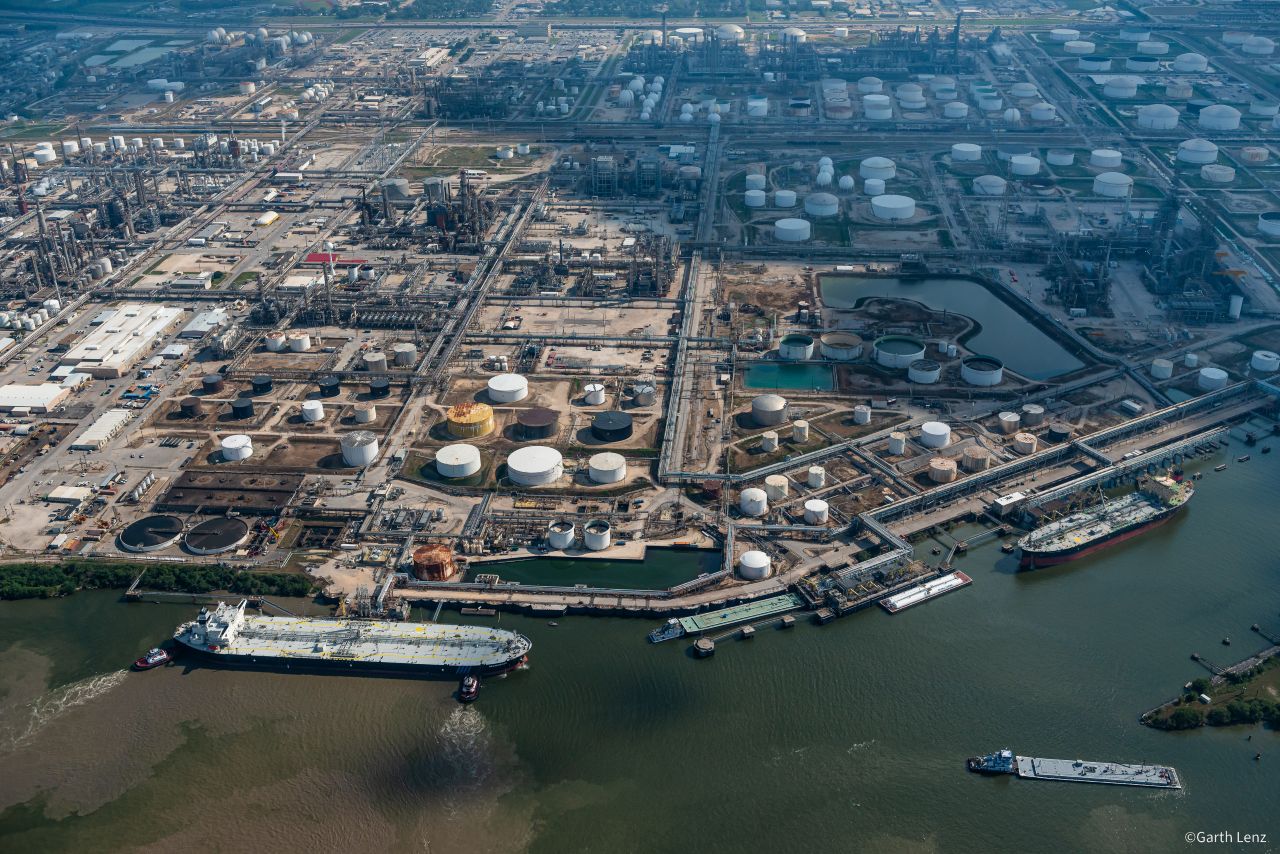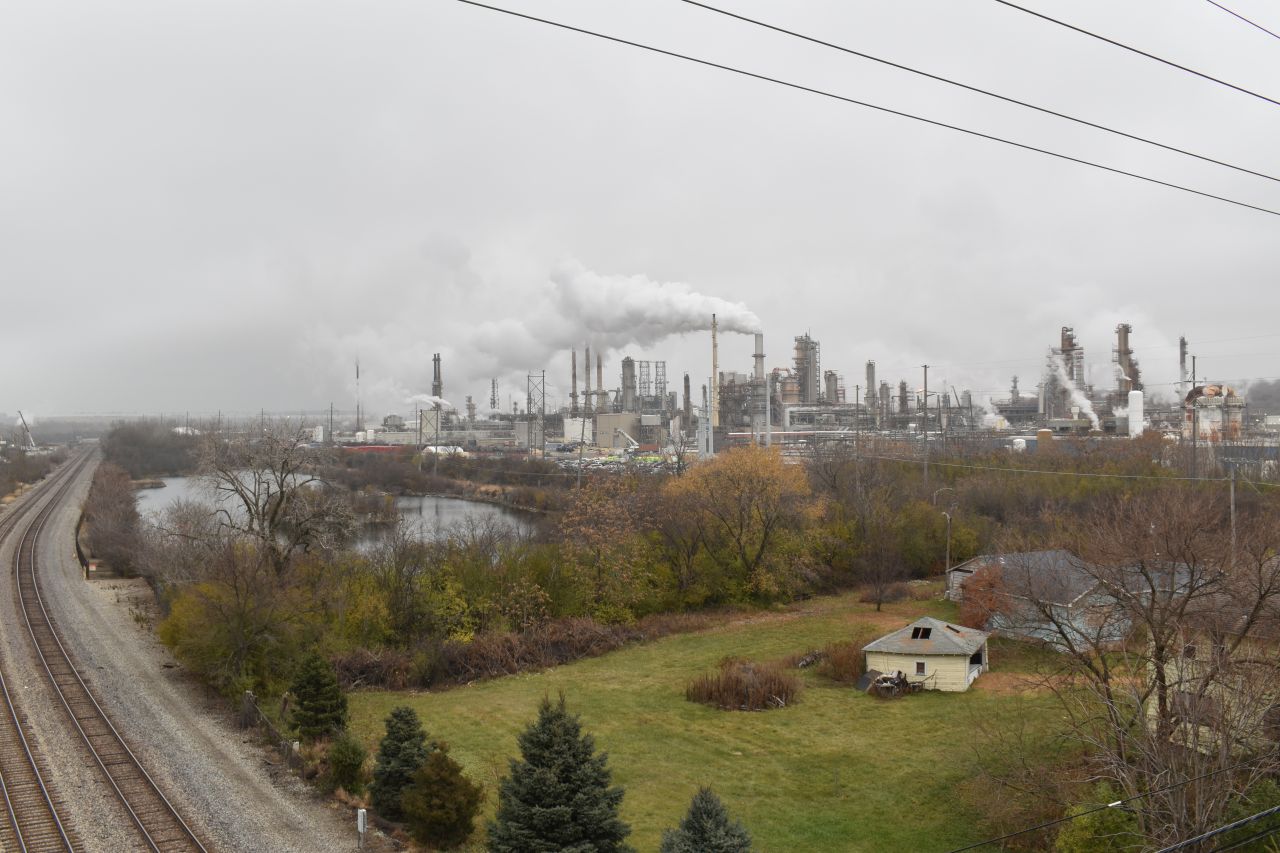Biden Administration proposes to allow disposal of carbon waste beneath national forests

A federal agency charged with managing hundreds of millions of acres of national forests and grasslands is considering a rule change that could pave the way for private companies to dispose of their carbon dioxide waste beneath public lands.
The Biden Administration’s U.S. Forest Service recently proposed a regulatory change related to carbon capture and sequestration, a technology meant to remove or keep carbon dioxide (CO2) out of the atmosphere, where it is the most significant greenhouse gas contributing to a rapidly changing climate.
The rule change would allow the agency to consider applications for carbon capture and sequestration on the lands it manages instead of denying the proposals outright, which current regulations require, the agency said in a Nov. 3 news release.
Federal law today prohibits carbon waste disposal in national forests and grasslands because CO2 injected underground could theoretically remain there for thousands of years, which would constitute an “exclusive and perpetual use and occupancy” on public lands.
But the Forest Service’s new proposal would create an exemption to this rule for carbon sequestration.
“These efforts are important to combat climate change and to meet President Biden’s domestic climate goal of net-zero emissions economy-wide by 2050,” the agency said in the news release.
The agency is accepting comments on the proposed rule until Jan. 2, though environmental and civic groups have requested an extension of the comment period because it falls during the winter holiday season.
Critics of the proposal say that the Forest Service would be granting fossil fuel and carbon disposal companies access to public property for decades, possibly forever, in support of a technology that has not been proven on a large scale and which some call a false solution.
“The rule change that’s happening is a fundamental reimagining of how we treat our national forests and grasslands,” said Victoria Bogdan Tejeda, staff attorney with the Center for Biological Diversity. “It is carving out an exception exclusively for CO2 waste dumping for permanent and exclusive occupancy of national forests.”
Critics also cite safety concerns associated with carbon transportation and storage, as leaks can displace oxygen, causing serious breathing problems for people who might be nearby. Clouds of leaked CO2 can also stop car engines from running and make it hard for people to evacuate or for rescuers to get to them. One of the best-known examples happened in 2020 in Satartia, Mississippi, when a CO2 pipeline leak led to the evacuation of more than 200 people and 45 people hospitalized.
The Forest Service says it does not currently have any specific carbon sequestration project proposals under consideration. The agency also said that CO2 sequestration proposals would have to be consistent with the Forest Service’s land management plans, minimize risks to public safety, and undergo “the requisite environmental analysis.”
However, another federal agency that manages even more public land – the Bureau of Land Management (BLM) – is further along in allowing carbon waste disposal. The BLM manages 244 million acres of surface land and roughly 700 million acres of underground mineral estates, compared to the 193 million surface acres managed by the Forest Service.
In June 2022, the BLM announced a policy allowing companies to use its lands to store carbon waste. Since then, it has approved or is currently considering multiple projects in Wyoming, Montana, and other states.
“This policy is an important tool to help the BLM combat the climate crisis and supports the Biden-Harris Administration’s goal of reaching net zero emissions economy-wide by no later than 2050,” BLM Director Tracy Stone-Manning said in a June 2022 news release announcing the BLM’s new carbon storage policy.
A major driver for companies’ interest in carbon sequestration projects is the federal tax subsidy known as 45Q, named for a section of the tax code that describes them. The subsidy provides a tax credit of $85 per ton of carbon permanently stored underground when that carbon comes from a source like a refinery smokestack or an oil or gas well. For direct air capture projects that suck carbon directly from the ambient air, 45Q provides $180 per ton of carbon sequestered.
For decades, the vast majority of sequestered carbon from a handful of carbon capture projects around the U.S. has only been used to produce more oil via a process called enhanced oil recovery. This process involves forcing captured CO2 back underground into a reservoir containing oil or gas. The CO2 displaces the oil or gas, forcing it toward a production well that can draw it to the surface.
Both the BLM policy and the Forest Service proposed rule are intended for permanent storage of carbon waste underground and would not allow for enhanced oil recovery, according to agency documents. The BLM’s policy also states that “the BLM should ensure that there is an adequate monitoring program addressing the long-term stewardship of the surface and pore space injection areas to determine if any of the injectant CO2 is escaping from the pore space.”
Globally, CO2 sequestration remains an unproven industry. Data from the International Energy Agency shows 189 large scale carbon capture, utilization, and storage projects in the U.S. However, only 21 are currently operating, with another three suspended or taken out of service. The rest are under construction or in the planning stages.
Some experts have cast doubt on the industry’s economic viability, including Charles Harvey, an MIT professor of civil and environmental engineering who formerly worked for a carbon sequestration startup.
“There’s wildly optimistic projections and there always have been that it’s a technology that’s about to explode,” Harvey said at an October conference on carbon capture. “The projections are always tomorrow it’s going to be big and it’s coming.”
However, he noted, the projects usually fail in the long run, because of the extreme cost of capturing carbon. “Every Dollar Spent on This Climate Technology Is a Waste,” was the headline of an op-ed that Harvey published in the New York Times.
The first carbon sequestration proposal the BLM approved last year is tied to a longstanding ExxonMobil project that has faced extensive criticism. In August 2022, the BLM granted a right of way to ExxonMobil to store carbon from its Shute Creek Gas Plant in southwestern Wyoming, the site of one of the largest and longest-running carbon capture projects in the world. ExxonMobil claims that it has sequestered 120 million metric tons of carbon at the site.
However, an analysis by the Institute for Energy Economics and Fiscal Analysis found that ExxonMobil has vented another 120 million metric tons of CO2 from Shute Creek directly to the atmosphere when it could not be sold to other companies for enhanced oil recovery. And, of the 120 million metric tons ExxonMobil says it has sequestered, 114 million metric tons went to enhanced oil recovery. Only 6 million metric tons, or 3 percent of the site’s CO2 emissions, has actually been sequestered.
The CO2 from Shute Creek that would be stored on BLM land cannot be used for enhanced oil recovery, according to BLM rules.
Another carbon capture project on BLM land for permanent underground storage shows how much surface land and new infrastructure is required for carbon waste disposal. In Carter County, Montana, Denbury Carbon Solutions has applied to the BLM and the state of Montana to use 400 acres of BLM land and 53 acres of state land over a 30-year period to store carbon waste from an existing Denbury CO2 pipeline. The proposal involves building nearly five miles of new roads, 40 miles of new pipelines and 15 well pads, according to the project’s plan of development.

One BLM carbon capture project still under consideration would not use carbon dioxide from oil and gas drilling or industrial sites but would instead capture it directly from the atmosphere. Project Bison is planned by companies CarbonCapture Inc. and Frontier Carbon Solutions in Sweetwater County, in southwest Wyoming. Their plant would use electricity to power equipment that could capture an anticipated five million tons per year of CO2 from the atmosphere and store it underground, which would require about 2 gigawatts of energy every year. In March, Microsoft said it would purchase carbon credits from the company in support of the software giant’s climate goals.
However, the project, which was supposed to come online by late 2023, has faced delays, according to E&E News, which reported in June that the company was still figuring out how to power its plant and where to site it.
As for the Forest Service’s proposed rule, more than 300 people have submitted comments so far, many opposing the rule change. Several commenters pointed out that national forests and grasslands already sequester CO2 when trees and plants remove it from the atmosphere and store it in their tissues via photosynthesis.
“I am wondering if anyone has done a sanity check on this proposal?” one commenter wrote on Nov. 8. “Doesn’t the Forest Service exist to protect forests and to maintain their health, diversity, and productivity? Instead of opening up a high-tech boondoggle and refuge for charlatans, why not plant some more trees?”
Lead photo: A drilling rig on the plains of Eastern Colorado. Photo by iStockphoto.















